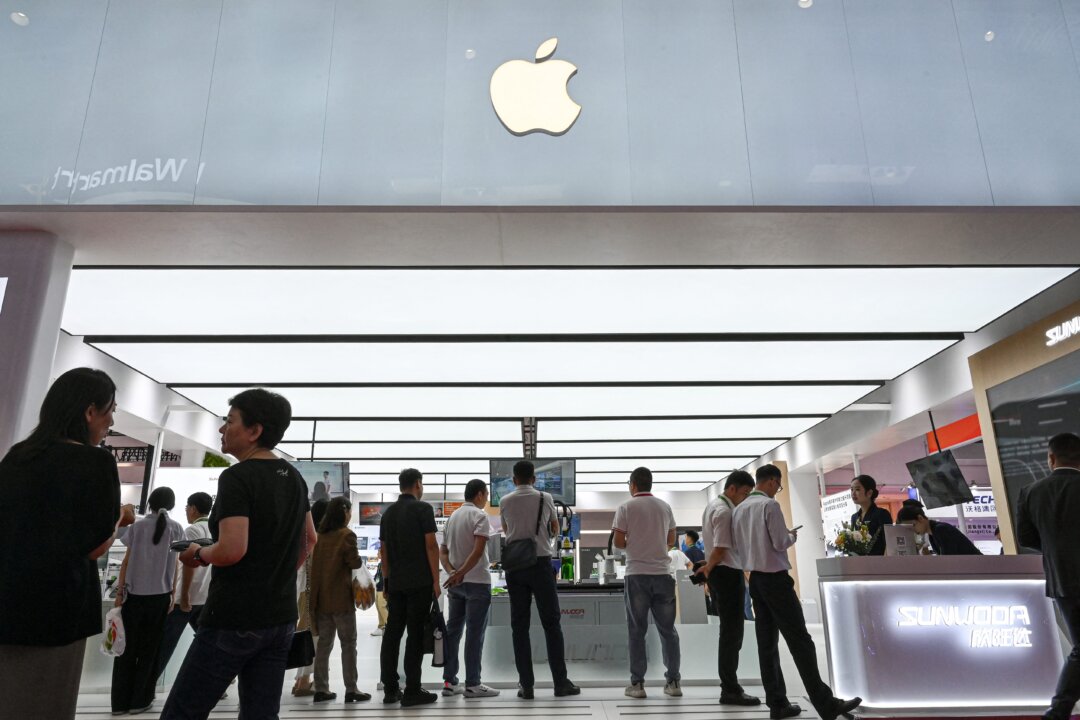In an unprecedented move that signals mounting economic pressures within China, Apple Inc. has for the first time in its corporate history opted to close one of its retail stores in the country. This significant decision reflects a challenging period for the global tech giant in a market grappling with lukewarm consumer spending and broader economic headwinds.
The affected outlet, nestled within the Parkland Mall in Dalian city, northeast China, is slated for closure after July 8, according to official company statements. Apple clarified its decision was influenced by the departure of several other retailers from the mall, leading to the strategic choice to cease operations at that specific location by August 9, 2025.
This development unfolds against a backdrop of concerning economic indicators in China, with official data revealing retail sales growth below forecasts for June and housing prices experiencing their steepest decline in eight months. These figures underscore the pervasive economic slowdown impacting various sectors, including the retail market, where even major international brands are feeling the pinch.
While the closure impacts only one of Dalian’s two Apple stores, with employees being offered roles at the nearby Olympia 66 complex, it draws attention to Apple’s substantial, yet comparatively small, retail footprint in the region. The company maintains 41 stores across China, representing less than 10 percent of its global network of over 530 physical outlets, highlighting the strategic importance of each location.
Further compounding Apple’s challenges, recent research firm data indicates a contraction in China’s smartphone market during the second quarter. Shipments from four of the top five brands saw declines, driven by weaker consumer demand. Apple, ranking fifth behind local competitors like Huawei and Xiaomi, experienced a 1.3 percent year-on-year drop in shipments to 9.6 million units.
Despite this decline, the second quarter’s drop was less severe than the 9 percent fall in the first quarter, partially due to strategic price adjustments on specific iPhone 16 and 16 Pro variants that qualified for government subsidies. Apple’s market share consequently saw a slight uptick to 13.9 percent in the June quarter, albeit marking its eighth consecutive quarter of decline according to IDC data.
Beyond retail adjustments, Apple is actively restructuring its global supply chain, strategically diversifying production away from its long-standing reliance on China. This significant shift aims to mitigate risks associated with trade tensions and economic fluctuations, positioning the company for more resilient future operations.
India has emerged as a pivotal new hub in Apple’s manufacturing strategy, remarkably surpassing China as the largest supplier of smartphones imported into the United States in the second quarter, accounting for 44 percent of shipments compared to China’s 25 percent. This highlights a profound re-alignment of global manufacturing capabilities within the technology sector.
Apple’s Indian suppliers generated approximately $14 billion in iPhone production during 2024, contributing roughly 14 percent to global output, with ambitious plans for further expansion across India and into Vietnam. This strategic pivot underscores a broader industry trend of supply chain relocation, adapting to a dynamic global economic and political landscape. This demonstrates the impact of a weakening retail market and economic slowdown on Apple’s long-term business strategy, influencing everything from smartphone shipments to global supply chain management.





Leave a Reply